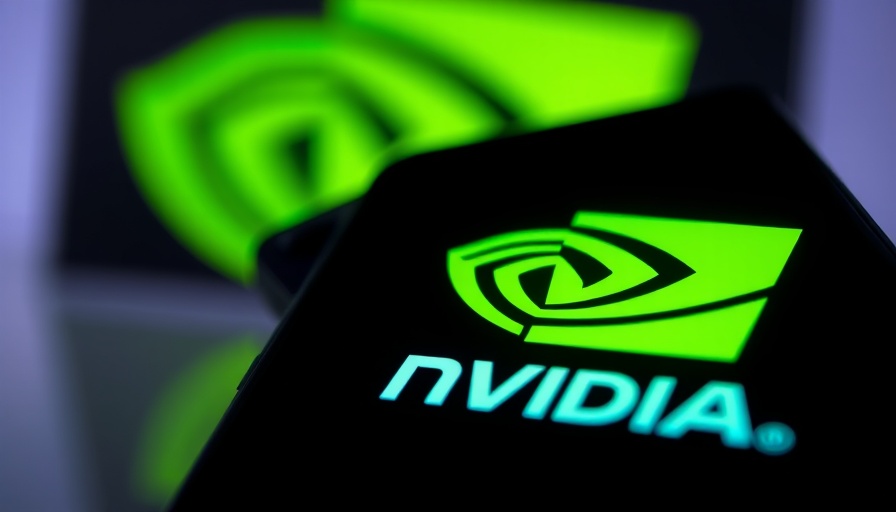
Who Are Nvidia's Mystery Customers?
Nvidia's recent revelation about its second quarter revenue has sparked interest and speculation. With nearly 40% of its $46.7 billion revenue derived from just two customers identified only as 'Customer A' and 'Customer B', many industry observers are keen to uncover the identities behind these shadowy figures. According to the company's filing with the SEC, 'Customer A' alone accounted for a staggering 23% of total revenue in Q2, while 'Customer B' contributed 16%. The exact identities of these customers remain undisclosed, fueling speculation about their significance in the tech landscape.
Revenue Concentration: A Double-Edged Sword
The massive revenue dependency on just two customers raises critical questions about Nvidia's market stability. Analyst Dave Novosel from Gimme Credit noted that such a concentration of revenue presents a significant risk. However, he also noted that despite the potential vulnerability, it could be an opportunity as the ongoing AI boom continues to drive growth in data centers. The reliance on a small number of clients could be a hallmark of a rapidly growing sector, where large players dominate the landscape.
The Growth of AI and Its Impact on Nvidia's Success
Thanks to the burgeoning demand for artificial intelligence technologies, Nvidia has seen a massive boom in sales. Its chips are vital for powering AI applications and data centers, which explains why the company is enjoying unprecedented growth. The majority of Nvidia's revenue—88%—comes from data center operations, which are further buoyed by spending from large cloud service providers. Companies like Microsoft, Amazon, and Google may still indirectly influence Nvidia's fortunes despite not being the direct purchasers of its chips.
Market Implications and Future Predictions
Looking ahead, the question remains: what are the implications of such an unusual revenue structure? An increasing reliance on key clients could suggest potential vulnerabilities. Yet, robust demand for AI-focused technology may balance the scales in Nvidia's favor. As competition heightens, especially in AI and graphics processing, Nvidia's ongoing innovation and customer relations will be essential to mitigate revenue risks.
Community Reactions: Trust and Transparency
The tech community has been reactive to Nvidia's announced revenue sources, with some calling for greater transparency regarding its customer base. This desire stems from a broader expectation that companies disclose more about their financial dependencies. Knowing which companies contribute significantly to Nvidia's revenue could provide investors and stakeholders with cues about where the industry is headed.
What It Means for Consumers
Nvidia's impressive financial performance ultimately reflects the growing tech landscape, dominoing down to the consumer experience. As demand for AI technologies surges, consumers may see enhanced products resulting from Nvidia's advancements. With the industry's trend toward integrating AI applications across devices, better performance and more intuitive functionality in everyday technology are likely on the horizon.
Final Thoughts
While Nvidia's impressive $46.7 billion revenue is indicative of its dominance in tech, the mysteries surrounding its key customers also serve as a reminder of the complexities in today's market. Finding the right balance between customer concentration risks and expansive growth will be pivotal in shaping Nvidia's future.
 Add Row
Add Row  Add
Add 




Write A Comment